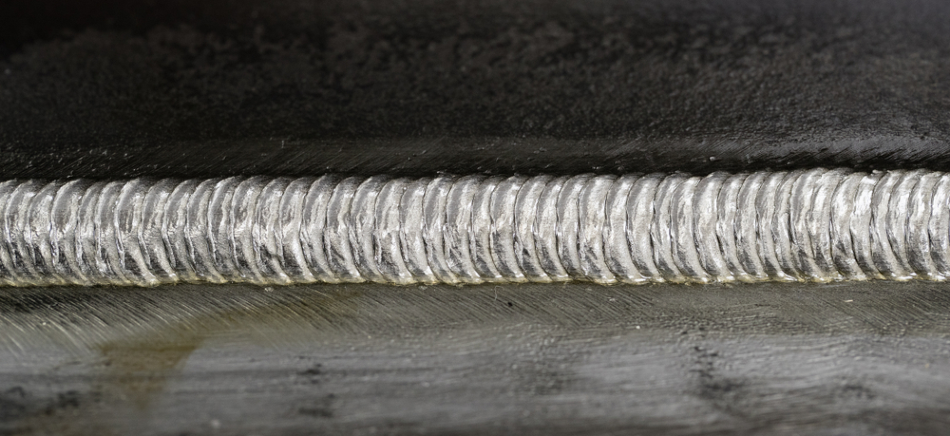In recent years, an abundance of revisions of arc welding processes has overwhelmed the worldwide welding environment in academia and industry.

Image Credit: Shutterstock: High Simple
Developments in software and electronics are not the only factors promoting these transformations, also new theories in mechanical mechanisms and design.
TIG Process
One example of the TIG process is Dynamic Feed (Wire Oscillation). Low productivity is commonly a limitation associated with traditional TIG in comparison to alternative arc welding processes.
In order to control this limitation, along with the better management of hard wetting materials (for example Ni-Cr alloys), a forward and backward wire oscillation movement has been actioned in TIG systems.
This has been widely accepted in the industry along with gaining great popularity within the scientific community.
An additional strength gained through the reduction of porosity may also be predicted from the method.
For the development and study of these methods, high-speed filming has been a strong tool for stability evaluation and observation of the metal transfer and fusion, weld pool behavior and arc behavior.
The key objectives are scientific investigations on parameters and their effect over the consequential physical phenomena and the advancement of parameterization for various conditions of welding (such as wire dynamics, torch geometry, and wire dynamics).
Dynamic feed TIG Welding – CAVILUX illumination laser – Cavitar Ltd
Video 1. Dynamic Feed TIG Welding imaged at 1.000 fps.
MIG or MAG Welding
In the case of MIG or MAG welding, the latest technologies aim to produce adaptive control techniques, pioneering current waveforms, and mechanization methods in order to optimize arc stability, process reliability, metal transfer regularity, and to expand the range of potential applications.
Examples of this are the pulsed arc mode and the rotary arc which are both encouraging in the achievement of exceptional results for thick-walled narrow gap joints and cladding.
In these examples, high-speed filming is utilized for the observation of metal transfer phenomena, arc movement patterns, and their subsequent effects over the weld pool, the creation of the weld bead, and arc geometry.
High-speed filming has also been employed in the assessment of peripherals and consumables (such as contact tips, wire feeders, and wire electrodes).
Rotary arc pulsed MIG/MAG welding - CAVILUX illumination laser – Cavitar Ltd
Video 2. Rotary Arc Pulsed MIG/MAG Welding imaged at 5.000 fps.
MIG/MAG welding - CAVILUX illumination laser – Cavitar Ltd
Video 3. MIG/MAG Welding with forward/backward movement of the wire electrode imaged at 4.166 fps.
A CMOS 1.0-megapixel array size color camera was applied with 105 mm and 180 mm macro lenses in the videos presented. Acquisition rates were changed in relation to the observed electric welding data using a Data Acquisition System.
The CAVILUX HF has been intensively used in the full range of these investigations and developments.
The laser illumination system enables the intricate adjustment of the arc intensity in the high-speed images captured.
This allows the selection and isolation of particular features within the welding process (such as the arc, wire, pool, droplet, and more) which are essential to the goal and are specifically intended to be analyzed, investigated, and monitored.
Acknowledgments
Produced from materials originally authored by Prof. Regis Henrique Goncalves e Silva and Dr. Eng from LABSOLDA, Welding and Mechatronics Institute.

This information has been sourced, reviewed and adapted from materials provided by Cavitar.
For more information on this source, please visit Cavitar.